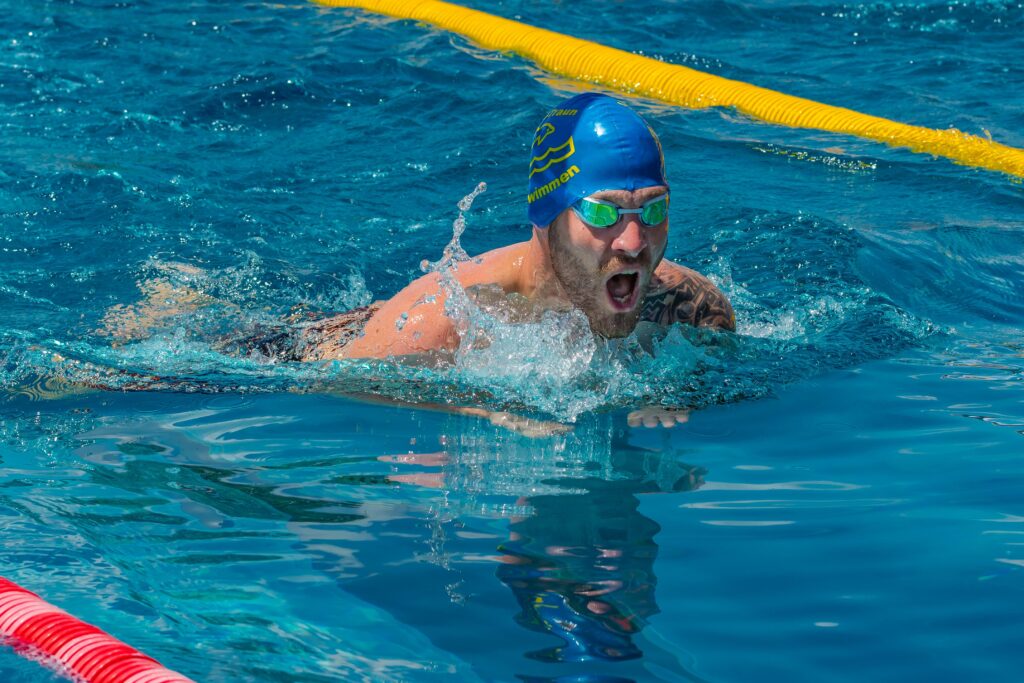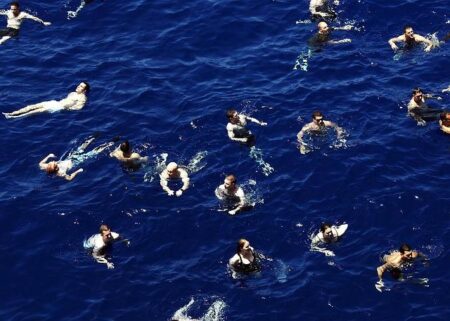As swimming continues to gain popularity as a low-impact exercise suitable for all ages, an increasing number of athletes and recreational swimmers are seeking expert care for a common but often misunderstood issue: knee pain. Specialists in sports medicine and orthopedics are now shedding light on the unique challenges swimmers face when it comes to knee health. This article explores what swimmers should know about knee pain, the latest diagnostic insights, and treatment options recommended by leading knee pain specialists.
Understanding Knee Pain in Swimmers Common Causes and Risk Factors
Knee discomfort among swimmers often stems from repetitive strain and specific stroke mechanics, particularly the breaststroke. The whip-like motion of the legs in this stroke can place unusual stress on the knees, sometimes leading to conditions such as patellofemoral pain syndrome or medial collateral ligament (MCL) irritation. In many cases, overuse and improper technique exacerbate these issues, causing inflammation, pain, and swelling that hinder performance in the pool. Additionally, insufficient warm-up routines and muscle imbalances around the hips and core may increase vulnerability to knee injuries, emphasizing the need for targeted strength and flexibility training.
Several risk factors contribute to the prevalence of knee pain in swimmers, including:
- Age: Younger swimmers with developing joints and older swimmers with wear and tear
- Training volume: High-intensity or excessive training without adequate rest
- Previous injuries: History of knee trauma or surgeries
- Technique flaws: Improper leg positioning during strokes, primarily breaststroke and freestyle kick
The table below summarizes common causes alongside their primary risk factors and typical symptoms, helping swimmers and coaches identify issues before they escalate:
| Cause | Risk Factors | Symptoms |
|---|---|---|
| Patellofemoral Pain Syndrome | Overuse, Poor Technique, Muscle Imbalance | Anterior knee pain, swelling, stiffness |
| MCL Irritation | Breaststroke Kick, Improper Warm-up | Medial knee tenderness, instability |
| Meniscal Strain | Previous Knee Injury, Repetitive Twisting | Clicking, sharp pain, swelling |
How Specialists Diagnose and Treat Swimming-Related Knee Injuries
Specialists begin by conducting a comprehensive evaluation that includes a detailed medical history and physical examination focused on knee mechanics during swimming. Advanced imaging techniques such as MRI and ultrasound are commonly employed to detect soft tissue injuries like ligament strains, meniscal tears, or inflammation caused by repetitive kicking motions. Moreover, gait and stroke analysis using video technology helps clinicians identify improper techniques that contribute to joint stress. These diagnostic steps are crucial in distinguishing swimming-related knee pain from other orthopedic or systemic conditions.
Once diagnosed, treatment plans emphasize a combination of targeted rehabilitation and technique correction. Physical therapy plays a pivotal role, with tailored exercises designed to enhance strength, flexibility, and stability around the knee joint. Specialists often recommend modifying swim strokes or temporarily reducing training intensity to prevent further injury. In severe cases, minimally invasive procedures may be considered to address structural damage. The following table summarizes common diagnostic tools and corresponding treatment approaches:
| Diagnostic Tool | Common Findings | Treatment Focus |
|---|---|---|
| MRI | Meniscal tears, ligament damage | Physical therapy, surgery if needed |
| Ultrasound | Tendon inflammation, bursitis | Anti-inflammatory treatments, rest |
| Stroke Analysis | Improper knee alignment | Technique modification, coaching |
Preventive Strategies and Exercises Recommended by Knee Pain Experts
Experts emphasize regular strengthening and flexibility routines to safeguard the knees against swimming-related stress. Key focus areas include the quadriceps, hamstrings, and hip muscles, which contribute to stabilizing the knee joint during repetitive swimming motions. Incorporating low-impact exercises such as straight-leg raises, hamstring curls, and hip bridges can enhance muscle balance without exacerbating discomfort.
Additionally, specialists recommend integrating specific warm-up and cool-down stretches to maintain joint mobility and reduce inflammation. Priority exercises include:
- Quadriceps Stretch: Promotes front thigh flexibility, essential for the flutter kick.
- Calf Stretch: Supports ankle mobility, indirectly relieving knee strain.
- IT Band Foam Rolling: Alleviates tension that often leads to knee irritation.
- Hip Flexor Stretch: Prevents compensation patterns that aggravate the knee.
| Exercise | Benefit | Frequency |
|---|---|---|
| Straight-Leg Raises | Knee stability | 3 sets of 15 reps |
| Hamstring Curls | Muscle balance | 3 sets of 12 reps |
| Hip Bridges | Pelvic control | 2 sets of 20 reps |
| Foam Rolling | Muscle relaxation | 5 minutes daily |
To Conclude
As swimming continues to be a favored low-impact exercise for many, understanding the nuances of knee pain and its management is crucial for athletes of all levels. Specialists emphasize the importance of proper technique, timely diagnosis, and tailored treatment plans to ensure swimmers can maintain their performance without compromising joint health. Staying informed and seeking expert advice can make all the difference in preventing knee injuries and promoting long-term wellness in the pool.





